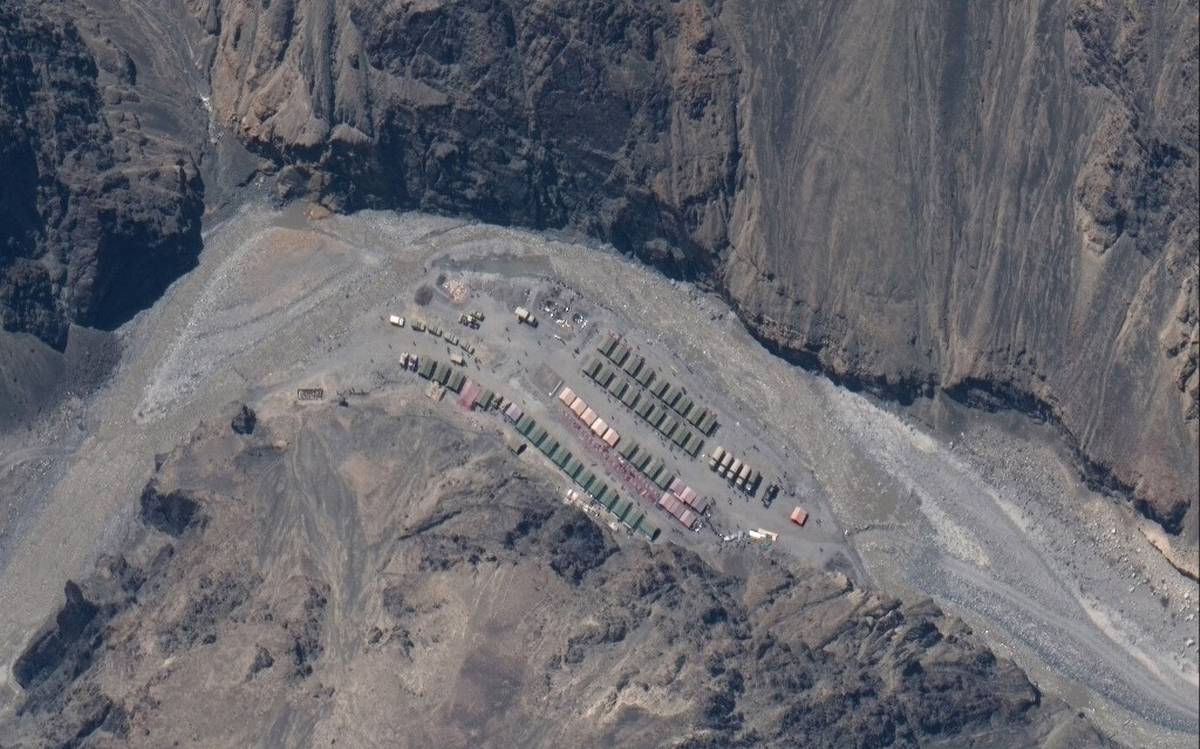Temporary structures built by Chinese soldiers at the illegally occupied site at the river-bend embankment are being removed by both sides, according to the sources.
New Delhi, July 7:
China will complete the withdrawal of its troops by 2 km in the contested Hot Springs area of Eastern Ladakh by the end of the day. China has also completed a 2 km withdrawal to their side of the Line of Actual Control in Galwan. The process of withdrawal in Gogra (near Hot Springs) will be completed tomorrow. India has also withdrawn an equal distance in all three areas and the area in between is a buffer zone meant to separate the soldiers of both sides. A future decision on patrolling in the region will be taken after the next round of military talks which will take place in less than two weeks from now.
Here are 10 points on India-China stand-off in Ladakh:
China dismantled its camps at PP 14 or Patrol Point 14 in Galwan and began withdrawing from Sunday. Patrolling Points are the farthest points that the Indian Army patrols in Ladakh and are located virtually on the Line of Actual Control between India and China. With the Chinese withdrawal in Galwan, PLA forces are firmly on their side of the LAC.
The buffer zone which has been created between both sides is being monitored electronically through drones and satellites.
There will be no patrolling by the Armies of either side within the Buffer zone.
The developments took place after the two sides agreed to “completely disengage” from the border flashpoint and ensure “a phased and stepwise de-escalation in the India-China border areas,” the foreign ministry said on Monday.
On Sunday, National Security Adviser Ajit Doval and China’s Foreign Minister Wang Yi spoke on the phone for two hours. According to an official statement, the two agreed that “it was necessary to ensure at the earliest complete disengagement of the troops along the Line of Actual Control (LAC) and de-escalation from India-China border areas for full restoration of peace and tranquility”.
“They reaffirmed that both sides should strictly respect and observe the line of actual control and should not take any unilateral action to alter the status quo and work together to avoid any incident in the future that could disturb peace and tranquility in border areas,” said the government statement. But this part was not included in Beijing’s official note on the conversation.
China said front-line troops are taking “effective measures” and making “progress” to disengage and ease the tensions in the Galwan Valley. “China and India have made progress coming up with effective measures for frontline troops to disengage and de-escalate the border situation at the third commander-level talks between the two militaries on June 30,” Chinese Foreign Ministry spokesperson Zhao Lijian said.
However, here has been no significant change to Chinese positions in areas at the Pangong Lake which India holds as its own; nearly 190 Chinese structures including tents and accommodation have been set up in areas where the Indian Army used to patrol according to a mutual agreements.
Government sources tell NDTV that they are “cautiously hopeful” of a Chinese pull-back from all areas by the middle of July by which time military leaders are expected to hold another round of high-level talks.
China’s aggression at the border in Ladakh is said to be triggered by India building new roads and other infrastructure in the region.




